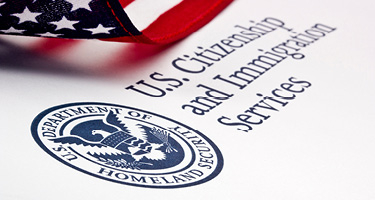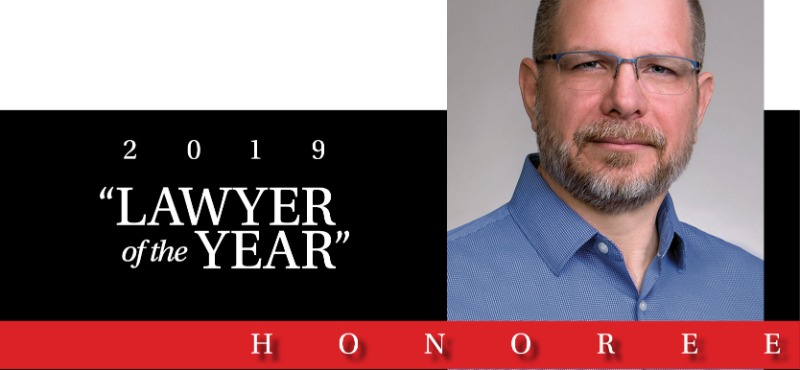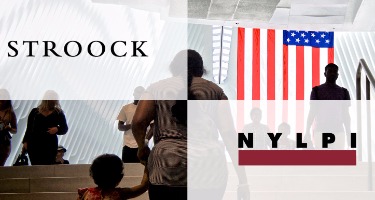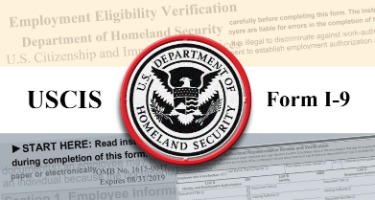Are bricks being stacked up against employment-based immigration?
While national focus is on an exterior wall that would secure our borders, recent trends in employment-based immigration should signal to employers that changes in legal immigration policies could create barriers to hiring, retaining, and even affording to employ foreign nationals. USCIS is shifting guidelines, creating more work for both initial and extension petitions. ICE has intensified I-9 audits, resulting in large fine amounts and criminal charges. Employers and attorneys need to remain flexible to keep their heads above this ever-growing wall.
Brick 1
Fraud and misuse allegations against H-1B and L-1 employers led the current administration to promise an increase in site visits. The 2018 goal has increased to 20,000, and a targeted site visit program will mix random compliance and detected fraud. Due to the January 25 executive order, targeted site visits will focus on cases where the employer’s business information cannot be verified through commercially available data; employers are H-1B dependent—high ratio of H-1B workers compared to U.S. workers; and employers petition for workers to work offsite for a third-party. USCIS is working to improve its information-sharing relationships with the DOL, DOS, and ICE to better identify high-risk employers.
Employers should audit H-1B and L-1 files to confirm that workers are performing the original petition job, that they are earning the same wage (or more), and that the position qualifies for H-1B or L-1 status. Supervisors and administrative staff at each worksite must be prepared. Employers should confirm that all public files are organized, complete, and readily available. Assigning a point of contact for all audit communication helps streamline the process. Participation in the site visit is voluntary, but noncooperation is a red flag.
Brick 2
In October 2017, USCIS rescinded its 2004 policy requiring officers to defer to prior determinations when evaluating nonimmigrant extension petitions if the underlying facts and parties were the same. The same conclusion will no longer be the default; rather, an adjudicator will evaluate each case individually. This change creates additional work for employers and attorneys, as submitting a skeleton extension petition will no longer suffice. Employers should keep accurate and complete records (payroll, company information, and employee work product) throughout the foreign national’s employment so that the extension filing is less of a burden.
Brick 3
In line with the Buy American, Hire American Executive Order and other USCIS directives, the 2017 H-1B lottery saw an upsurge in requests for additional evidence targeting Wage Level 1 determinations and specialty occupation qualifications. Wages for an H-1B worker depend on the nature of the job offer, the area of intended employment, and similar workers’ job duties. The employer’s minimum education and experience requirements determine the wage level. A Wage Level 1 is generally an entry-level position. USCIS began questioning if these jobs’ qualifications were a specialty occupation. Wage Level 1 jobs can meet H-1B requirements, but future success may hinge on the link between the job duties and the educational requirement and correlation to the wage level. The best strategy moving forward, if feasible, is selecting a Wage Level 2 or higher to avoid this issue altogether.
Brick 4
In 2017, the Form I-9 was updated twice, and fines for employing unauthorized workers and Form I-9 errors continued climbing. ICE audits mainly targeted high-risk industries—construction, hospitality, restaurants. Emphasis remains on penalizing employers for retaining unauthorized workers, but some regions saw the resurgence of fines for substantive I-9 mistakes. Employers must keep up with continually changing I-9 documentation to avoid these hefty fines. Most importantly, ICE and the DOJ have not hesitated in pursuing criminal actions against employers. No shortcut to employ an illegal worker is worth the price. Employers have been jailed for fraud, abetting, and false statements. Knowledge of a worker’s unauthorized status can come from other sources, too. For example, in complying with the 1095 filing requirement of the Affordable Care Act, employers may receive a SSN mismatch letter. This letter states that the SSN provided does not match IRS records, thus hinting at possible unauthorized status of an employee. Unless a mistake has been made, the employee may be unauthorized. Tough decisions must be made to remain in compliance or face future fines.
Trying to scale this expanding wall will be difficult. Maintaining compliance is key, and in most situations, employing foreign nationals is still doable. But future bricks may require employers to determine if the risk of climbing higher is worth it
-----------------------
Kelli Gavin practices immigration law in Dallas, Texas, with the Law Offices of Richard A. Gump, Jr. Kelli graduated magna cum laude from Texas A&M University with a BA in history in 2010. She earned her Juris Doctor degree from Southern Methodist University’s Dedman School of Law in 2015, graduating magna cum laude and receiving the Order of the Coif.
Charla Truett is certified by the Texas Board of Legal Specialization in immigration and nationality law. She is a partner with the Law Offices of Richard A. Gump, Jr. Charla is a graduate of Texas Tech University and SMU School of Law.
































